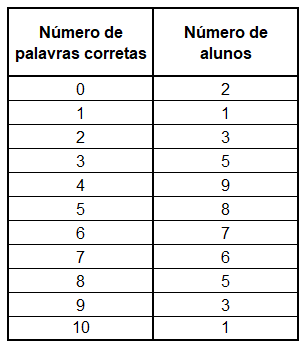We know that mathematics uses symbols to simplify the writing of many sentences. Potentiation is a simplified way of writing the multiplication of a number by itself repeatedly. The potentiation properties are resources used by mathematics to simplify some operations between powers. Let's look at some of these properties and see how they make our lives easier.
Property 1. Power multiplication with equal bases.
a) 72 x 73 = (7 x 7) x (7 x 7 x 7) = 7 x 7 x 7 x 7 x 7 = 75
b) 24 x 23 x 22 = (2 x 2 x 2 x 2) x (2 x 2 x 2) x (2 x 2) = 2 x 2 x 2 x 2 x 2 x 2 x 2 x 2 x 2 = 29
Looking at the two examples above, we have to:
72 x 73 = 72+3 = 75
24 x 23 x 22 = 24+3+2 = 29
This property shows us that: in the multiplication of powers of equal bases, it is enough to keep the base of the power and add the exponents. Note again:
35 x 38 = 35+8 = 313
Property 2. Division of powers with equal bases.

With the examples above, it can be seen that:

This property shows us that: in the division of powers with equal bases, it is enough to keep the base and decrease the exponents. Look:

Property 3. power power
This property is called potency power because it has a base with two or more exponents.

With the example above, we can see that:
This property shows us that: in a potency power we must repeat the base and multiply the exponents. Look:
Property 4. Power with zero exponent.
This is a very interesting property and one that generates a lot of doubt in people. It tells us that every number raised to an exponent of zero will result in the number 1. Generally speaking it would be:
Let's look at another example:
But how can we reach this conclusion? Why is every number raised to zero equal to 1?
See how simple this explanation is. Let's divide the numbers below:
But since every number divided by itself results in 1, we have to:
With the two equalities, we can conclude that:
Using this procedure it is shown that any number, other than zero, raised to the zero exponent results in 1.
By Marcelo Rigonatto
Mathematical
Take the opportunity to check out our video classes related to the subject:


